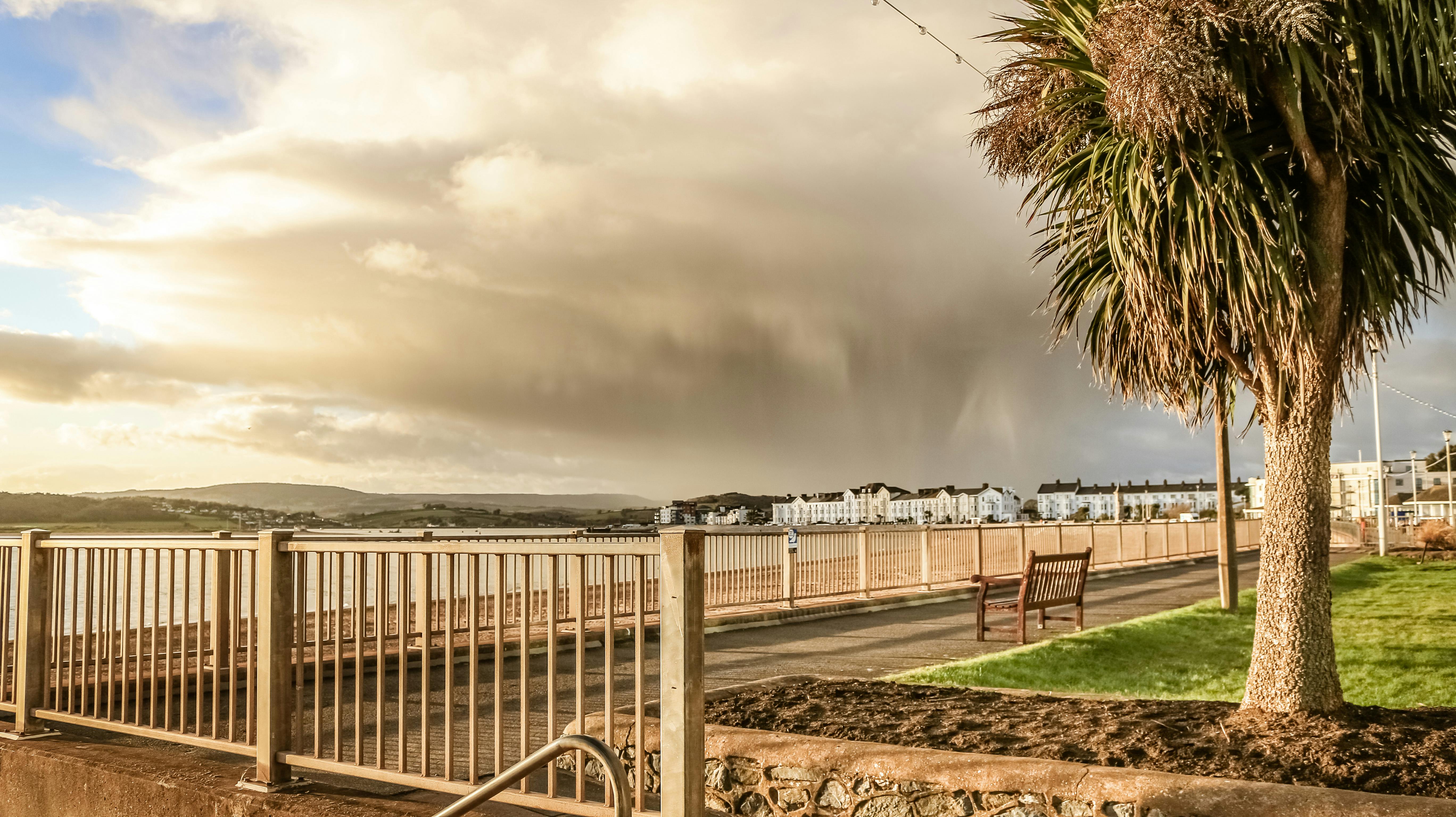Installing a dryer vent is a project you can tackle on your own with just a little help. To get you on your way, here are some helpful installation tips.
Here’s tip #1 – Do it right! There is nothing more distressing than finding yourself with a poorly ventilated dryer. Not only does it create a huge mess, but it can also create a huge fire hazard.
Basement ventilation doesn’t have to be difficult. In fact, it can be a piece of cake. All you need is two 90-degree bends, and occasionally a third bend, and usually about 15 feet of pipe. Flexible plastic pipe tends to be the preferred choice, but real metal pipe is just as easy to install and is much more durable. Great, so let’s get to work.
You will need a vent cap that will connect to the outside wall. There are a variety of different types. The cheap ones have an opening of about 2 ½ inches at the widest point. Save your money! Instead, spend a little more and get a good vent that has a 4-inch opening and louvers. You will get much less resistance to airflow and the shutters will also deter rodents.
You cannot use this style of vent cap on the roof. You need a cover that repels rainwater and has built-in flashing. They are not expensive at all. You can vent through the roof, but experience says there are usually better alternatives to the roof. Think about it: what an awful place to have to go clean up trapped lint. You can see why looking into other options is a good idea.
Regardless of the type of pipe you are using, you will need one of the large clamps to secure the pipe to the fitting. Most of these simply require you to have a flathead screwdriver. Put the clamp on the hose and then tighten by turning the screw.
Tape the seam and the area around the screw once it’s tight. This will prevent lint from building up over the years. Remember that duct tape is your friend.
If you decide that venting your dryer through the ceiling is the best option for you, then you’ll need to insulate the metal pipe that runs where the cold spots are. If you don’t, you’ll have a big problem with condensation and leaks as well. If you live where it is hot all year, this is not a problem for you.
Wrap two to three inches of fiberglass insulation from the roof line down. Use your trusty duct tape to attach the insulation.
If you need to hang the pipe from the dryer, use the plastic J-hooks that are designed for 4-inch plumbing pipe. They are pre-drilled and sturdy. You can easily attach them where you need. Simple and affordable.
Once you’ve completed your project, check all the connections and don’t be afraid to use that duct tape to seal seams or anywhere lint could collect over time.
That’s it, you’re done. It really isn’t that hard after all. Now you can sit back and admire his handy work.



